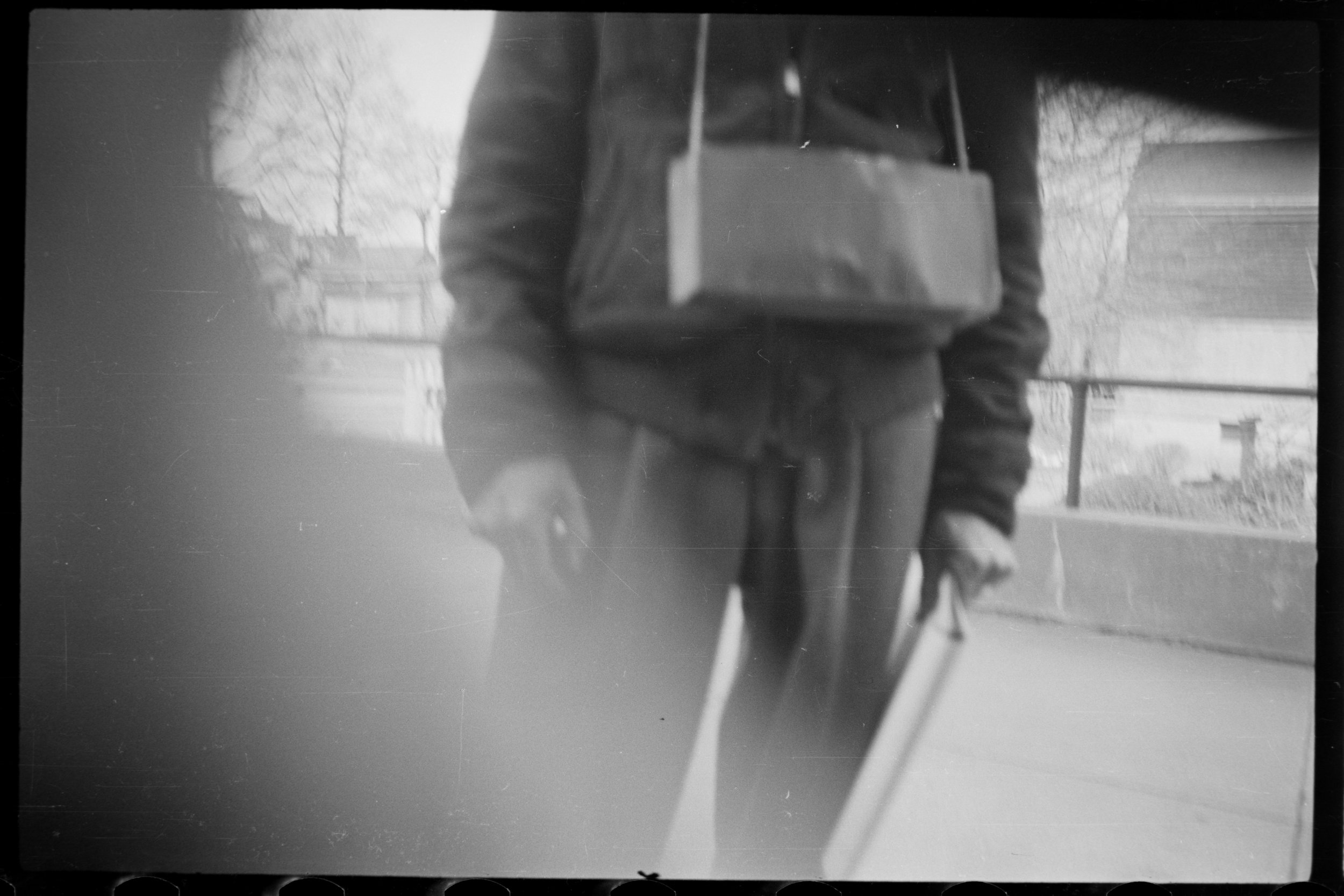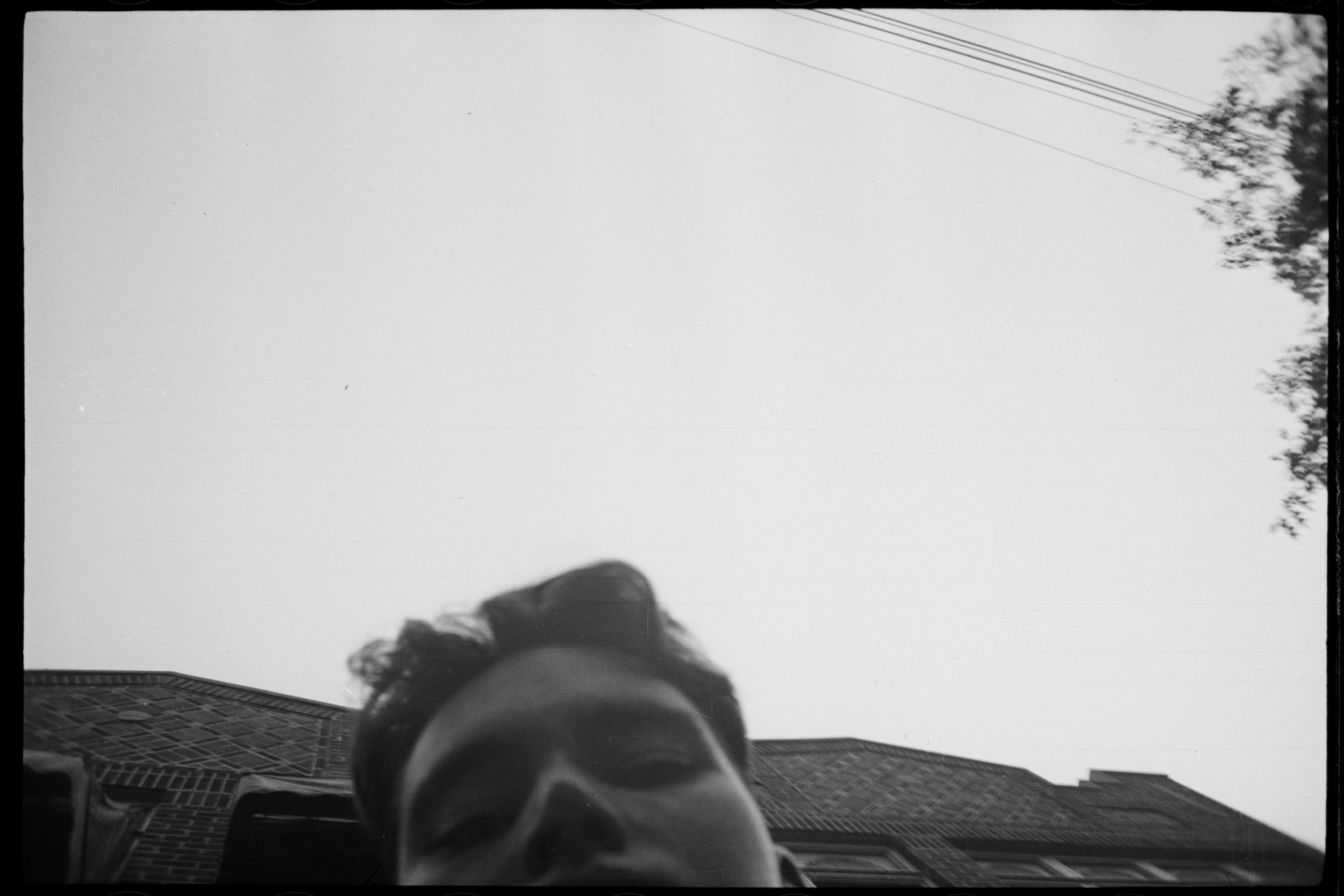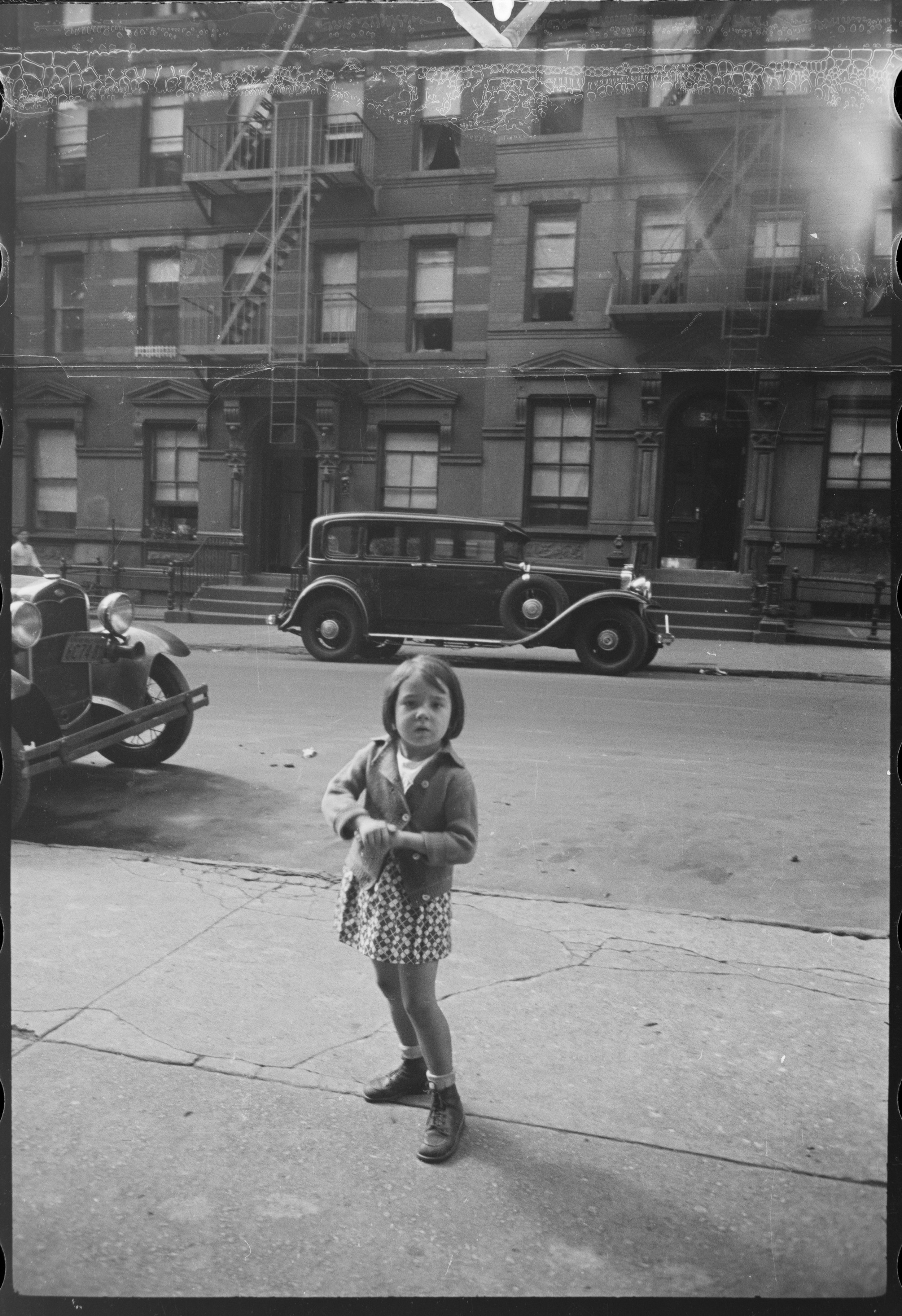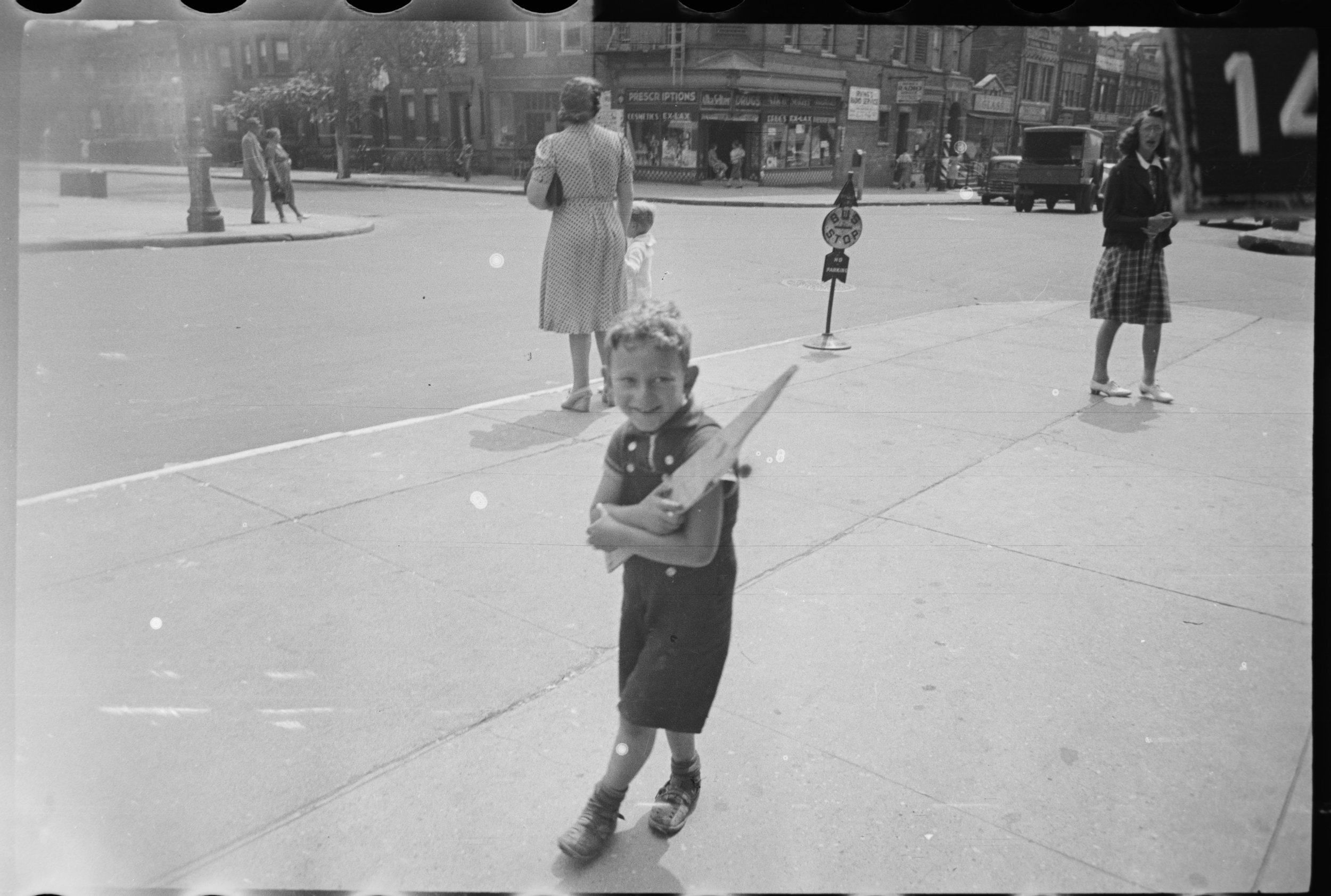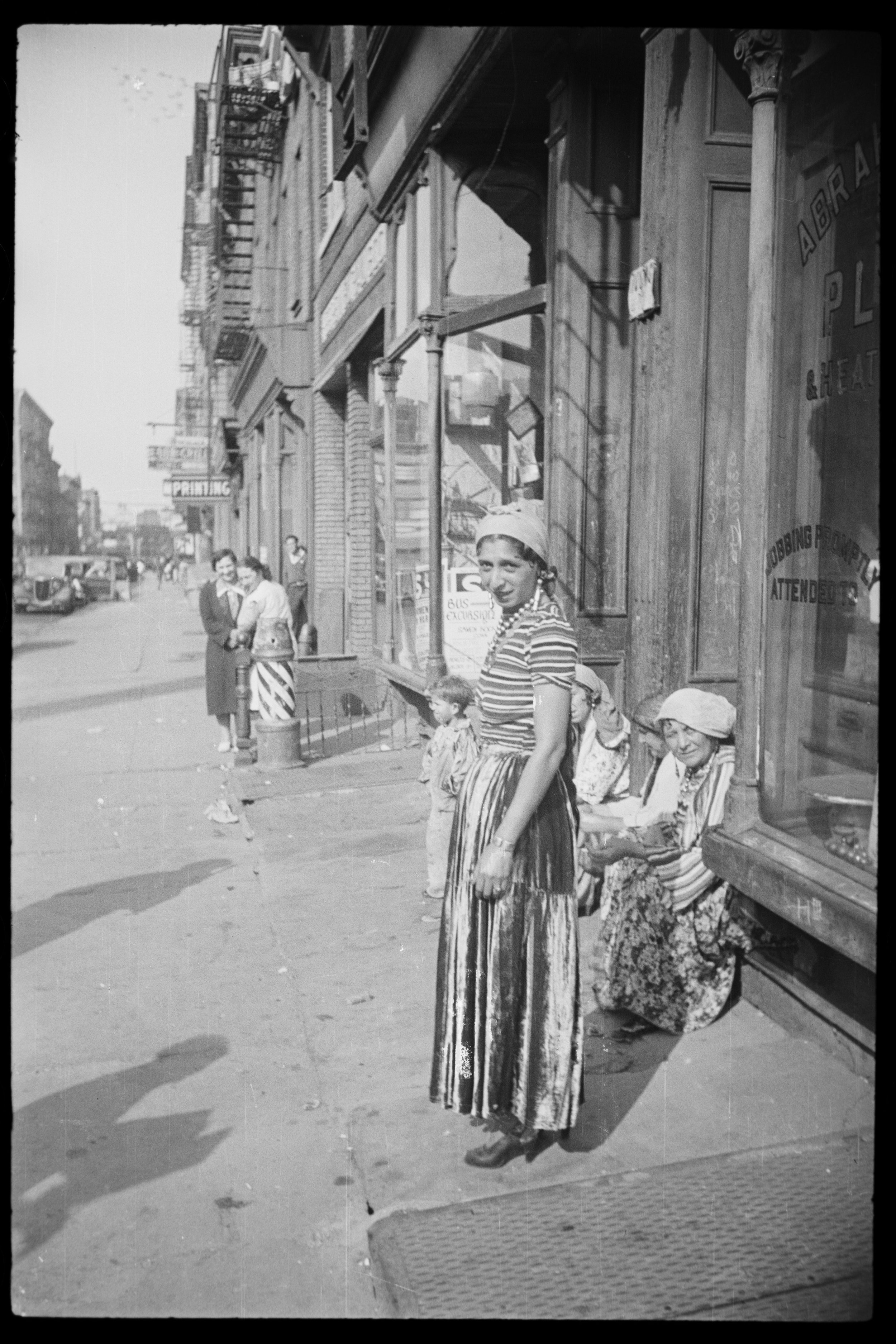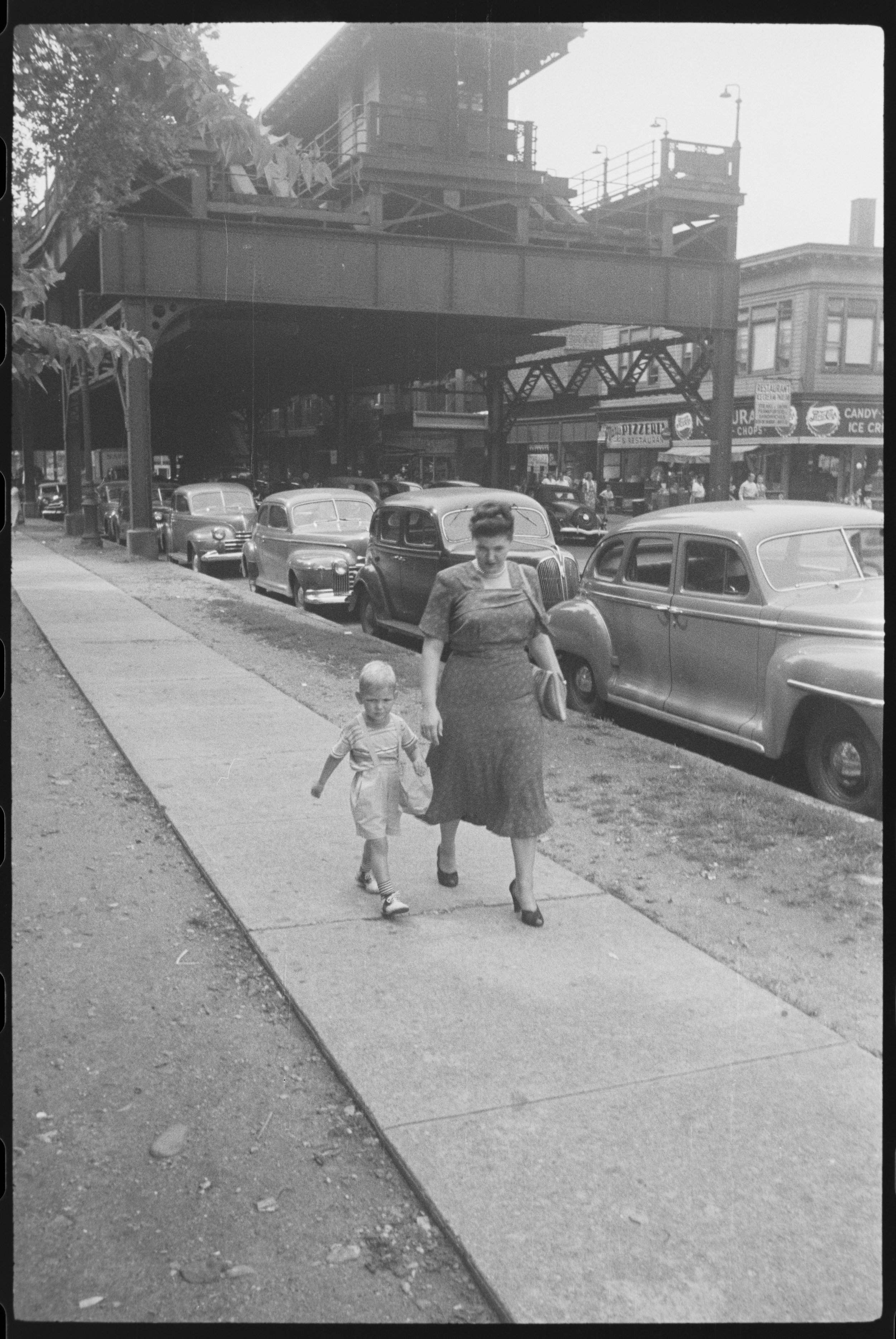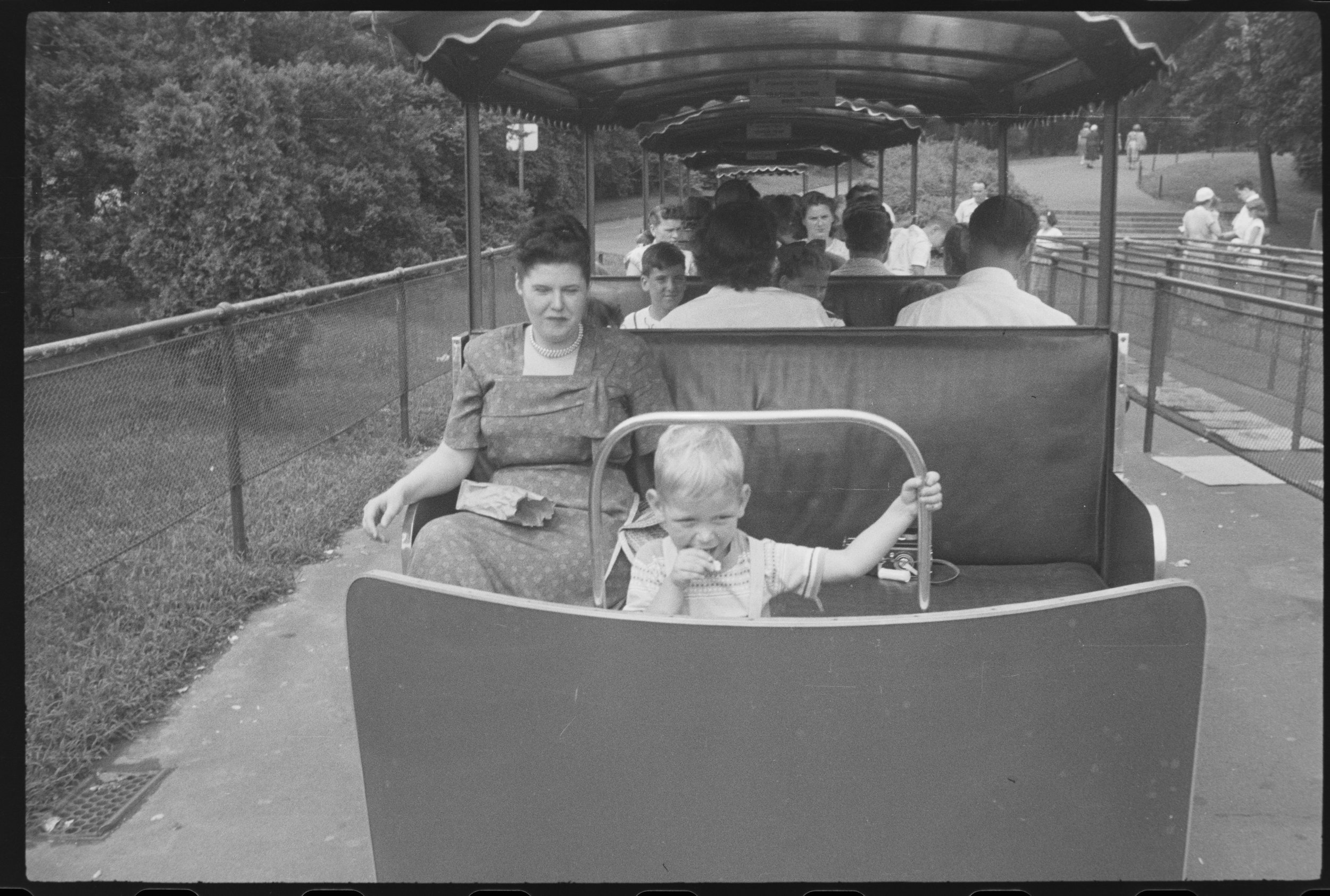Signed into law on November 29th, 1990 by President George H.W. Bush, the Immigration Act of 1990 reformed the Immigration and Nationality Act of 1965, fundamentally changing the way the United States evaluates and admits immigrants. In order to explore what this reform would mean for one of the greatest immigrant cities in the world, WNYC-TV produced an extra-long episode of their current events show, New York Hotline. This episode assembled a panel reflecting perspectives from City demographers, anti-immigration groups, recent immigrants to the City and experts from CUNY and Columbia University. Produced in 1993 after the end of the Bush presidency, it aired one year after the law took effect.
Passed by significant bipartisan majorities in the House and Senate, the Immigration Act of 1990 made a number of basic changes to America’s immigration system, by:
Increasing the worldwide limit for immigration visas from 540,000 to 700,000[i]
Specifically increasing the number of visas used solely for family unification
Creating diversity immigrant visa lotteries to increase immigration from countries under represented in coming immigrant groups
Clarifying the authority of Immigration and Naturalization Service enforcement officers to make arrests and carry firearms
Expanding the number of non-immigrant H1-B visas and green cards for foreign laborers
Providing for the more expeditious deportation of violent offenders
Eliminating exclusion of homosexual immigrants by labeling them as mentally unfit or “sexual deviants”
Ending English language tests for naturalization tests
President Bush commented at its signing that “The Act maintains our Nation’s historic commitment to family reunification by increasing the number of immigrant visas allocated on the basis of family ties.”[ii] This increase in visas to family members would prove to be a deeply controversial aspect of the 1990 Immigration Act. Opponents of the law, both then and now, argue that this policy leads to an unfair pattern of ‘chain migration.’ For advocates and those who benefit from the law, it is a humane way to keep families together and creates tighter community bonds.
Perhaps more than any part of the country, New York embodies the country’s ‘historic commitment’ to immigrants, with more migrants passing through its port during the 20th century than any other city in the United States. Frank Vardy, then a demographer in the City’s Planning Department, traced the movement of immigrant communities through different City neighborhoods. He did this so the City could provide better services to new arrivals, like adult English language education, foreign language signs in public buildings or interpreters in schools. More than anything else, Vardy argued in his interview, the opportunity to find work and a better life for their families is historically what drove most immigrants to New York, no matter where they came from. Crucially, though, it was the family ties to already established prior immigrants that helped new arrivals find work, learn English and ultimately begin the process of becoming American.
One organization featured in this Hotline episode was FAIR, or the Federation for American Immigration Reform. FAIR, founded in 1979 by ophthalmologist John Tanton, sought to repeal the Immigration and Nationality Act of 1965 as well as the 1990 reforms. The organization wanted to significantly reduce immigration into the United States on environmental, cultural and economic grounds. FAIR, still in existence today, has been a controversial group despite its non-partisan and non-profit status. On one hand, it has advised major politicians for years, contributed to countless studies on immigration and its representatives have testified in front of Congress many times. On the other hand, FAIR was labelled a hate group by the Southern Poverty Law Center in 2007 and its founder has made a litany of explicitly racist remarks in official internal memos, often referring to people of color in inhuman terms.[iii]
In the middle of this were people like Yan He, a Chinese immigrant who had arrived in New York in 1990 just as the Immigration Act was being debated in Congress. Following family members who had already emigrated from China, Yan He and her husband came to the United States seeking work and opportunities. Throughout her interview, Yan He details the difficult and often complex experience of coming to America, including conflicts with abusive employers and the hope she has for her children to get better jobs through the American education system.
The NYC Municipal Archives has hours of interviews with Frank Vardy, Edward Levy, Yan He and other experts on the subject of the 1990 Immigration Act. Although in this blog post we focused primarily on family unification, the other provisions of the Act like the diversity immigrant lottery or the expansion of H1-B visas have also proven to be controversial. Underneath the debates over these narrow issues lies the larger questions that residents of New York and America have been asking about the place immigration holds in American society. Digitizing these interviews from the 1990s helps preserve the history of this debate for future New Yorkers of all kinds, whether they be native- born citizens or one of the 3 million-plus foreign-born residents in the City.
[i] Highlights of the U.S. Immigration Act of 1990, by Warren Leiden and David Neal, Fordham International Law Journal
[ii] Statement on Signing the Immigration Act of 1990, President George H.W. Bush https://www.presidency.ucsb.edu/documents/statement-signing-the-immigration-act-1990
[iii] https://www.splcenter.org/fighting-hate/extremist-files/group/federation-american-immigration-reform














